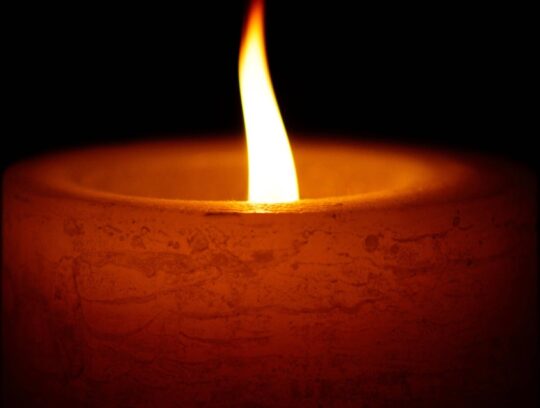
Homage
Date: Wednesday 05th October 2022
Time: 1pm-2pm
Venue: Lion Walk Church
Location: Lion Walk Precinct, Colchester, Essex CO1 1LX
Artists: Krassimira Jeliazkova - violin
Elizabeth Mucha - Piano

Ludwig van Beethoven Sonata for piano and violin in C minor Op. 30, No 2
Allegro con brio – Adagio cantabile – Scherzo & Trio – Finale: Allegro
Clara Schumann Three Romances
Andante Molto
Allegretto
Leidenschaftlich schnell
Karol Szymanowski Paganini Caprice Op 40, No 24
Theme and 10 Variations
Our programme is a tribute to three extraordinary figures, each of whom has expanded the horizons of Western Classical music in some way.
We open our programme with Beethoven’s Violin Sonata No 7 in C minor. Composed in 1802, it was a period of great turmoil in Beethoven’s life as he truly started to confront his increasing deafness. In October 1802 the 28-year-old Beethoven wrote to his brothers in what is now known as the ‘Heiligenstadt testament’, expressing his utter despair:
“But what a humiliation for me when someone standing next to me heard a flute in the distance and I heard nothing, or someone standing next to me heard a shepherd singing and again I heard nothing. Such incidents drove me almost to despair; a little more of that and I would have ended my life – it was only my art that held me back. Ah, it seemed to me impossible to leave the world until I had brought forth all that I felt was within me”
This quest to plumb the depths of his own originality and to push the limits of what was accepted musically in his time made him a crucial figure in the transition between the Classical and Romantic periods This sonata certainly bears all the hallmarks which one might expect from Beethoven at the beginning of his middle period: dramatic gestures, moments of poignant questioning and an intensity which rarely abates especially in the 1st and 4th movements. In contrast, the lyrical 2nd movement in Ab major brings light and hope but still descends into questioning towards the end of the movement. The Scherzo and Trio look back to Beethoven’s classical roots in structure while throwing the listener off balance with unexpected accents.
Hailed as the “Queen of the piano” in the 19th century, Clara Schumann’s legacy to performance practice has been enormous. In a career spanning over 60 years, and over 1500 concerts, she was one of the first to play from memory as well as changing the format and repertoire of the piano recital from displays of sheer virtuosity to programmes of serious works. She also championed the works of her husband, Robert Schumann and later those of her great friend, Johannes Brahms. She also composed, but her works fell into neglect and are only recently reclaiming their rightful place on concert platforms, due in part to her bicentenary celebrations in 2019, the recent interest in music by women composers, but also because her compositions deserve to be heard alongside those of her contemporaries. The three Romances for violin and piano were composed in 1853, a particularly creative year for Clara. Dedicated to her duo partner, virtuoso violinist, Joseph Joachim, they performed it together before King George V of Hannover who apparently loved the work.
Niccolo Paganini was the most celebrated violin virtuoso of his time. His own works, composed to perform at his concerts, have had a profound influence on the evolution of violin technique. Possibly his most famous piece is the 24th Caprice for solo violin, composed in 1817. Since then, composers of all genres of music have fallen under its spell. Brahms, Liszt and Rachmaninov are some of the giants of the piano world who have succumbed to its charms. In addition, there are arrangements for balalaika, marimba, brass and wind bands, and the composition has even found its way into jazz, rock and heavy metal. In this programme we will hear the interpretation of this famous melody by Polish composer, Karol Szymanowski. The violin part remains, mainly, true to the original but being a pianist himself, Szymanowski added an accompaniment that is equally challenging for the pianist and creates a wonderfully inventive and idiosyncratic composition.
